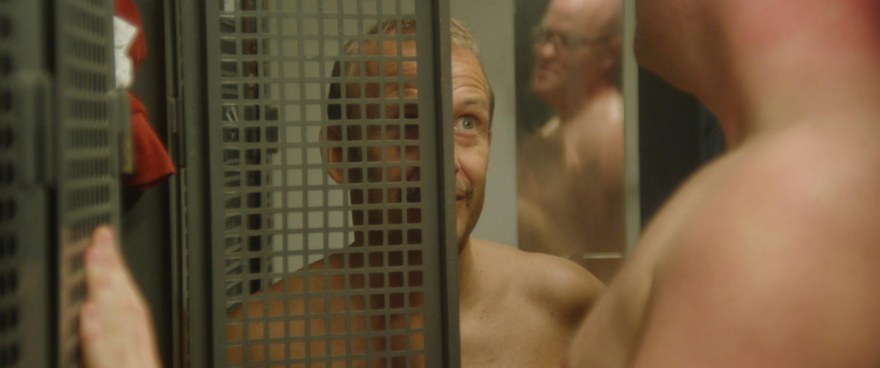Tea time with Nittonhundraåttioett (1981)
An interview with Dawid Ullgren, director of Nittonhundraåttioett (1981)
Why 1981? What is the significance of that year?
The year 1981 is an interesting period of time here in Sweden for the gay community. It was a kind of in-between time when everything started to seem a little bit brighter. In 1979, the National Board of Health and Welfare declassified homosexuality as a mental disorder, and in 1982 came the first AIDS death. So, 1981 was a year when the future looked really bright. I wanted to place this story in 1981 because I wanted to portray a time in history when the characters could feel freedom at the same time as they have to live their lives in the shadows.
Can you tell us about your use of film and shooting style to reflect the period?
I wanted to create an environment that felt believable, and not overdo anything. I felt that less is more, so that became the mantra for the whole process. One big influence for me was the documentary Paris is Burning. The feeling of just capturing something in the moment. We went in to this production in terms that we didn’t want to make a period piece. We wanted the film to feel as modern as it could be, but at the same time feel like a 1980s film.
What did you want to explore by unveiling what happened in that sauna?
This film is about the male gaze and how devastating it is when you let it go unleashed. The sauna culture is a really respectful place where boundaries have a big part of the interaction. It’s a place of anonymity. So, I wanted to explore what happens when a person enters this place and doesn’t know the rules. If you don’t have to be yourself for a short time, who do you then become? The main character is not a bad person until he faces a new situation where he doesn’t know the rules. This is also a film about relationships. I wanted to explore self need in a relationship. Questions like how can two “I” coexist in a “We”? Feelings like love and sexuality are always evolving. You don’t stop having desires, but it can be difficult to explore them in a relationship. I find it interesting to coexist with another person and still don’t really trust them enough to let them in on your fantasies. The characters try to figure out how they can still act on their desires at the same time as they don’t want anything to change. Some of your deepest desires may be best left alone.
Are there specific encounters or people that inspired your subject matter?
This is a personal film and I tried to really explore what it means to be a man. In my research for the film I found a forum where they discussed the rules at a sauna club. Some people felt that if you are visiting a sauna, everything is allowed. You say farewell to the word “no” at the entrance. I don’t understand that type of thinking, and that is how it usually starts for me in a creative process. I want to understand the things I disagree with. The sauna club is in some ways a regular club. A lot of people crammed up in a small room trying to connect with each other. So, every encounter when I have felt that my voice is not heard or when I have felt that the boundaries of my own body is not respected was a huge help in the process of this film.
Would you say that the short film format has given you any particular freedom?
I love short film and working with the short film format. For me it is kind of a playground where you can test ideas of subjects and themes that maybe couldn’t work in a longer format. I love to make short films that invite the viewer to new places and experiences. Open up doors to places that feel closed. For me, this is one of the most important things of being a filmmaker. To put a spotlight on people and places that don’t have it for granted. This is the door that short films are able to open for me.
Nittonhundraåttioett (1981) is being shown in International Competition I4.








